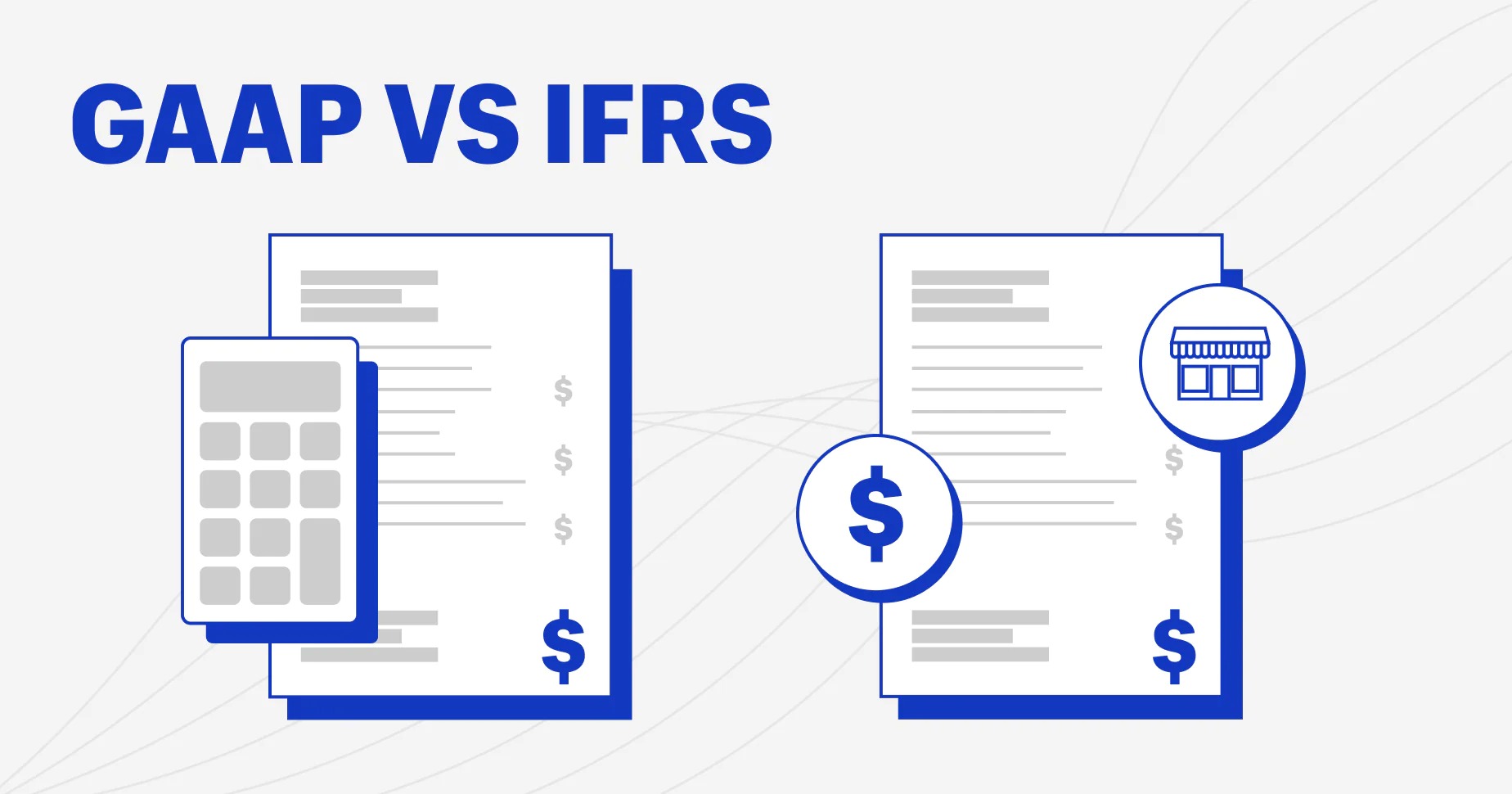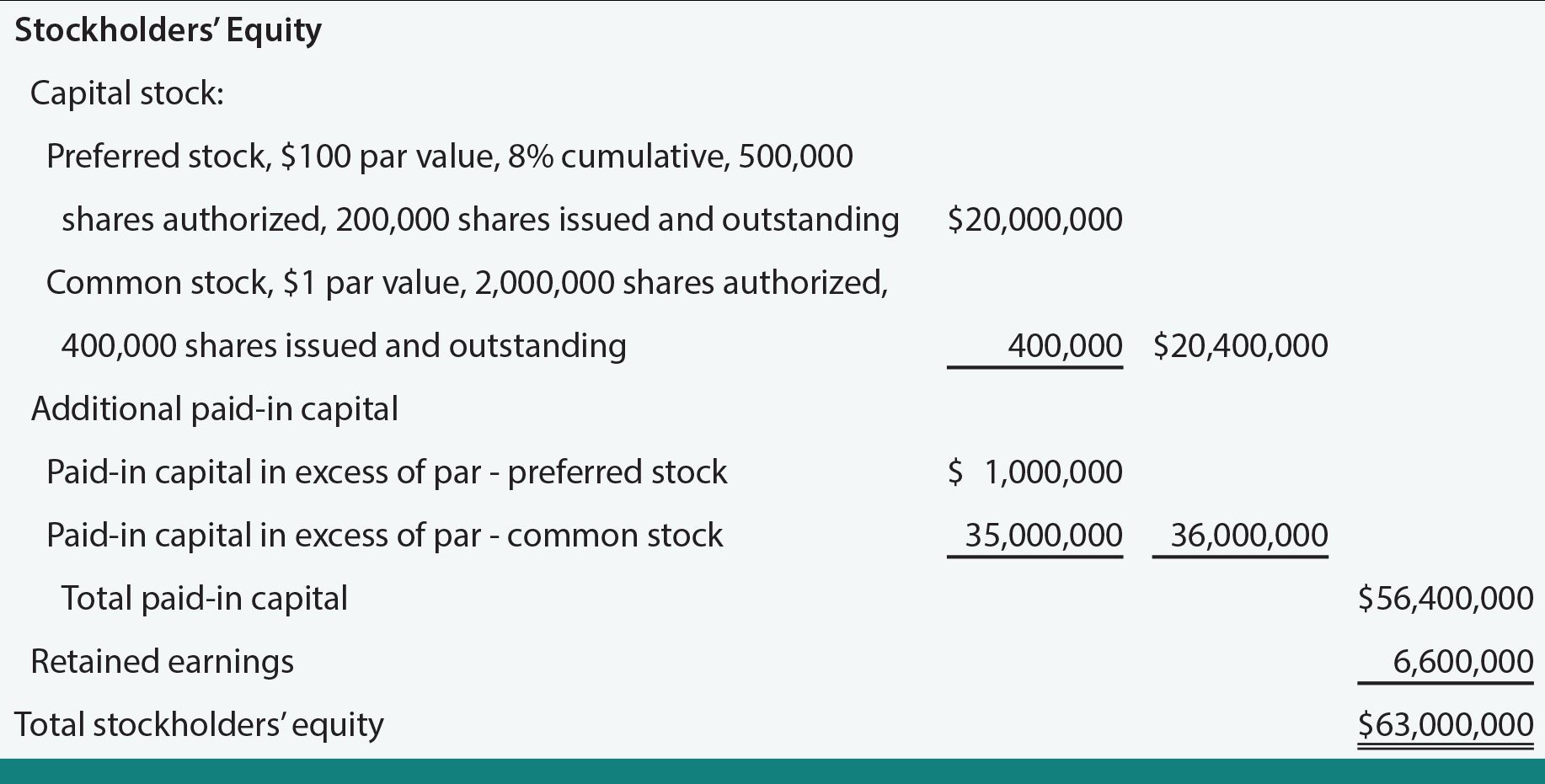

Finance
Putable Common Stock Definition
Published: January 14, 2024
Learn about the definition and benefits of putable common stock in finance. Explore how this investment option can enhance your portfolio.
(Many of the links in this article redirect to a specific reviewed product. Your purchase of these products through affiliate links helps to generate commission for LiveWell, at no extra cost. Learn more)
Putable Common Stock Definition: What Every Investor Should Know
Welcome to our FINANCE blog! In today’s post, we are going to explore the concept of Putable Common Stock. If you’re an investor looking to expand your knowledge and make informed financial decisions, understanding what Putable Common Stock is and how it works is essential. So, let’s dive right in!
Key Takeaways:
- Putable Common Stock is a type of equity security that gives the holder the right to sell their shares back to the company at a predetermined price.
- Investors often choose Putable Common Stock as a way to protect themselves against potential losses in volatile markets.
What is Putable Common Stock?
Putable Common Stock refers to a specific type of equity security that allows the holder to sell their shares back to the company at a predetermined price within a specific timeframe. This right to “put” the stock back to the issuer provides investors with a level of protection against potential losses in case the stock’s value declines.
This type of stock is often issued by companies to attract investors, as the put option provides a sense of security. By granting investors the ability to sell their shares back at a fixed price, the company can make the stock more appealing, especially in volatile markets where prices can fluctuate significantly.
How Does Putable Common Stock Work?
When an investor purchases Putable Common Stock, they receive both the benefits of owning common stock and the added option to sell it back to the company. The putability feature sets Putable Common Stock apart from regular common stock, which does not have the put option attached.
Here’s how it works:
- An investor buys Putable Common Stock at its initial offering price.
- At any point within the specified timeframe, the investor can choose to exercise the put option and sell their shares back to the company.
- The put option comes with a predetermined price, known as the “put price” or “put price per share.”
- If the stock’s market value falls below the put price, the investor can exercise the put option and sell their shares back to the company at the predetermined price, thereby limiting their potential losses.
- If the stock’s market value is higher than the put price, the investor may choose not to exercise the put option and continue holding the stock to potentially benefit from further price appreciation.
Benefits of Putable Common Stock
Putable Common Stock offers several advantages for investors:
- Protection against potential losses: The put option provides a safety net for investors, allowing them to sell their shares back to the company at a predetermined price if the stock’s value declines.
- Flexibility: Putable Common Stock offers investors the flexibility to decide whether or not to exercise the put option based on market conditions and their investment goals.
- Investor attraction: Companies issuing Putable Common Stock can make their offerings more attractive to potential investors by including the put option, as it provides a sense of security.
Conclusion
As an investor, understanding the concept of Putable Common Stock can be valuable, especially when navigating volatile markets. By having the right to sell shares back to the company at a predetermined price, investors have a level of protection against potential losses.
We hope this blog post has shed light on Putable Common Stock and its benefits for investors. If you have any questions or would like to learn more, feel free to reach out to our team. Happy investing!














